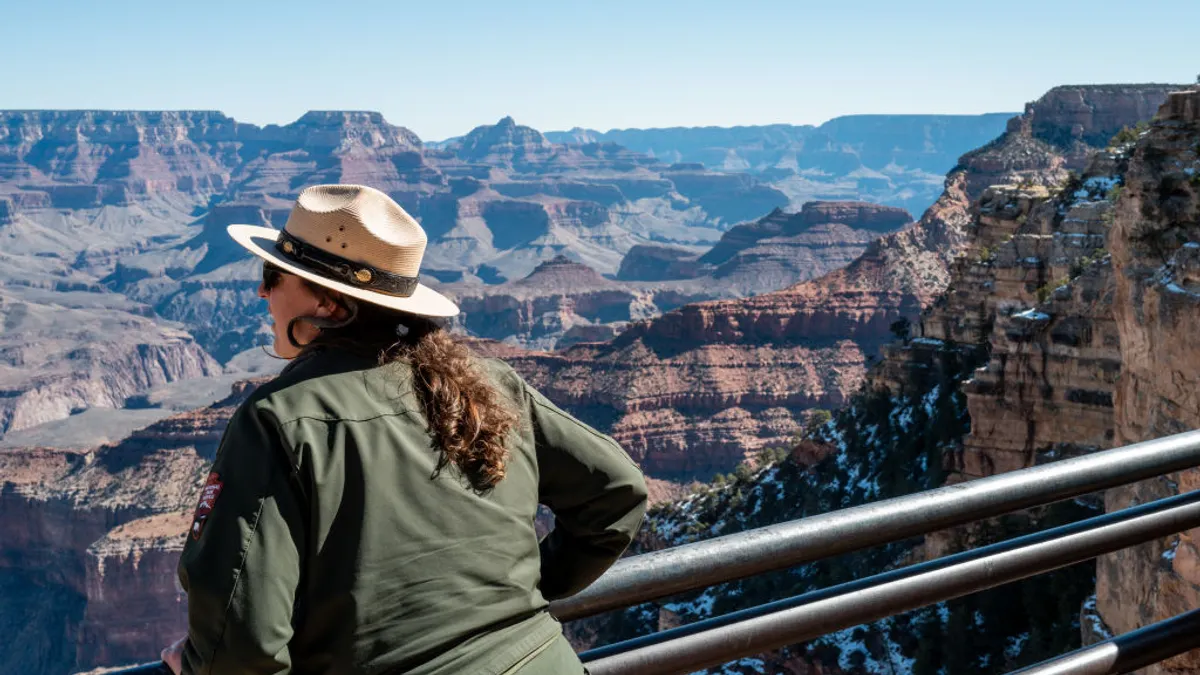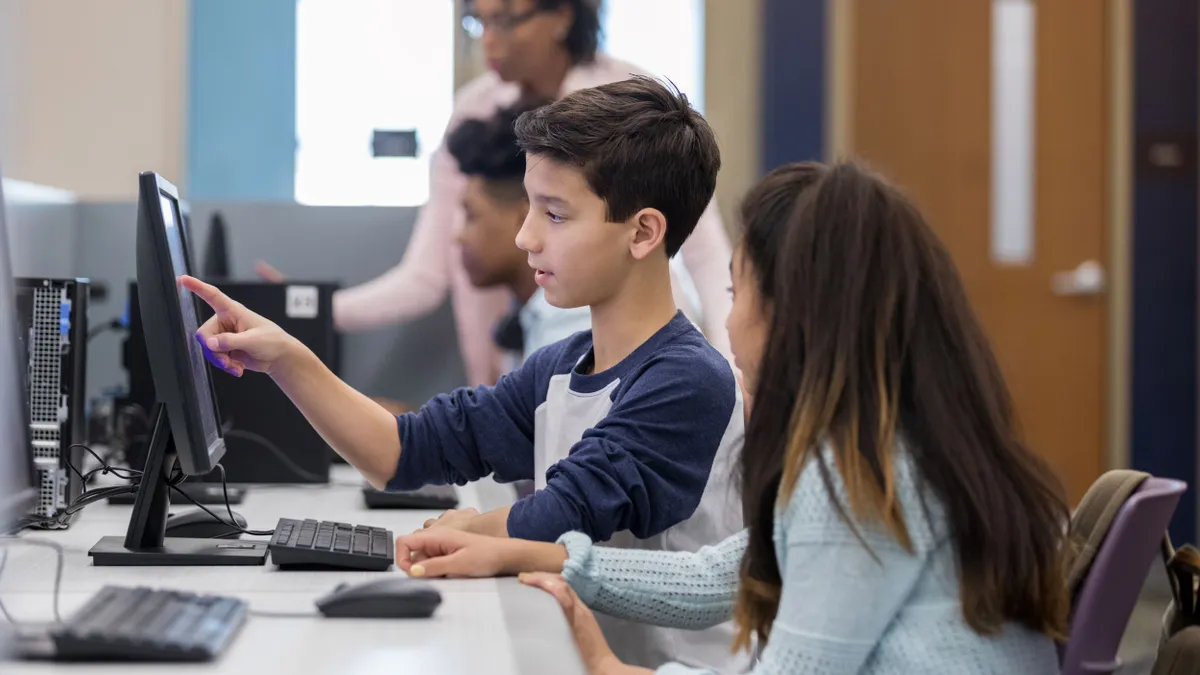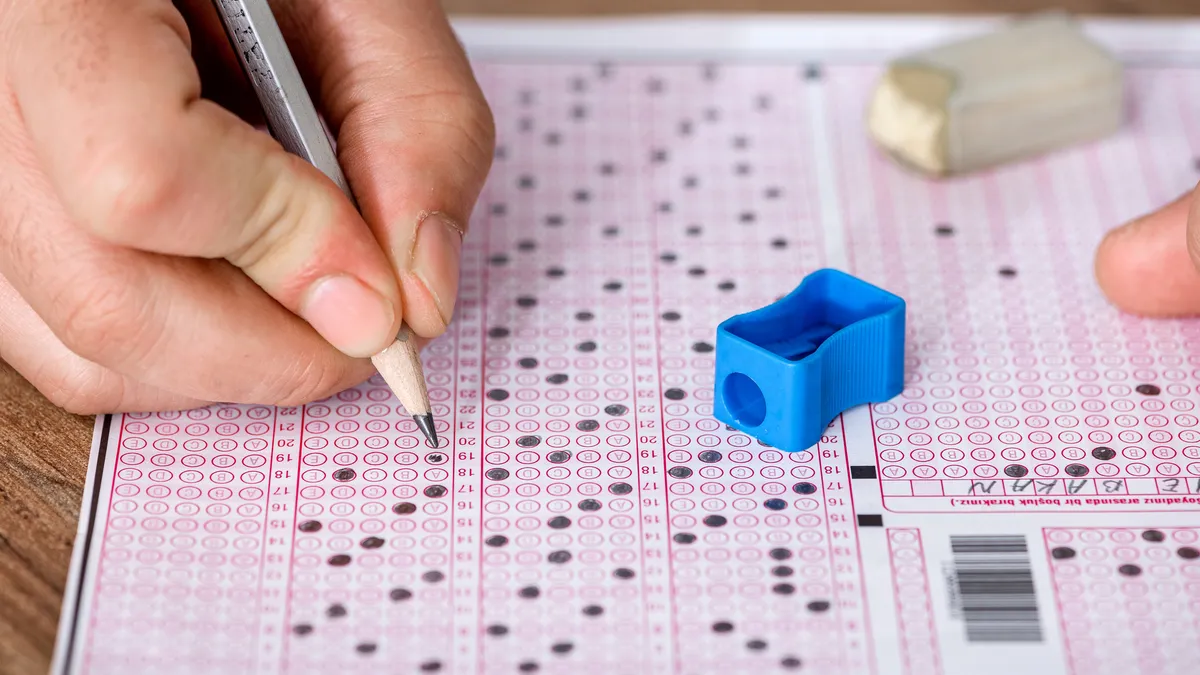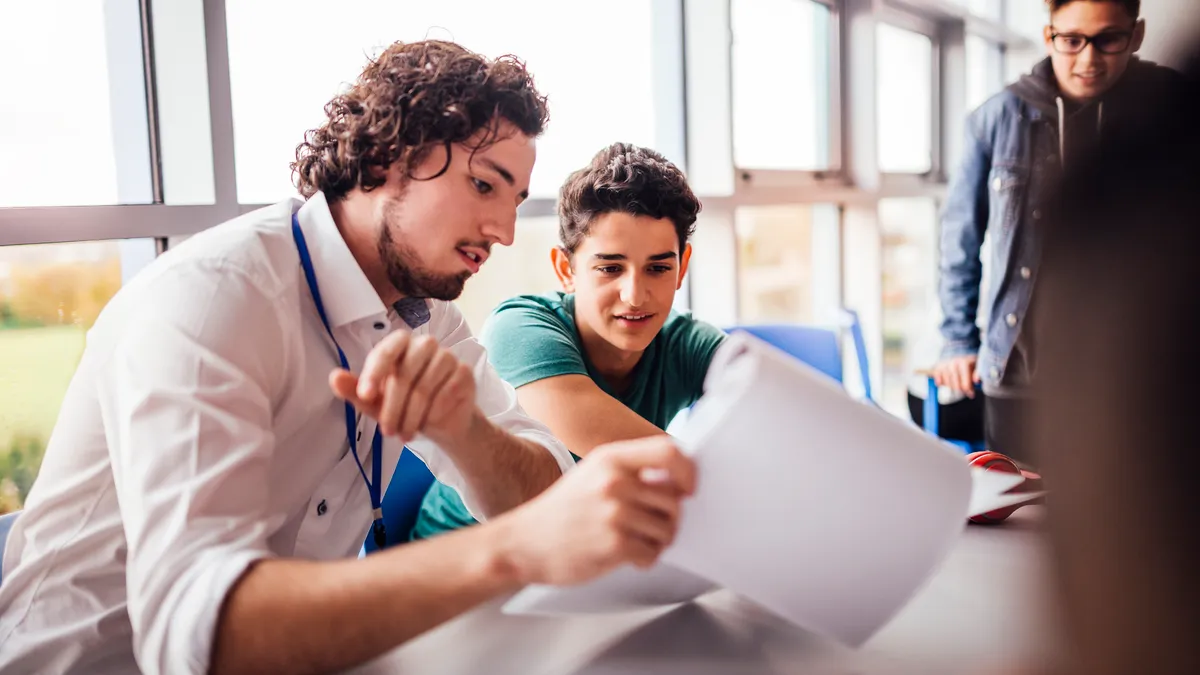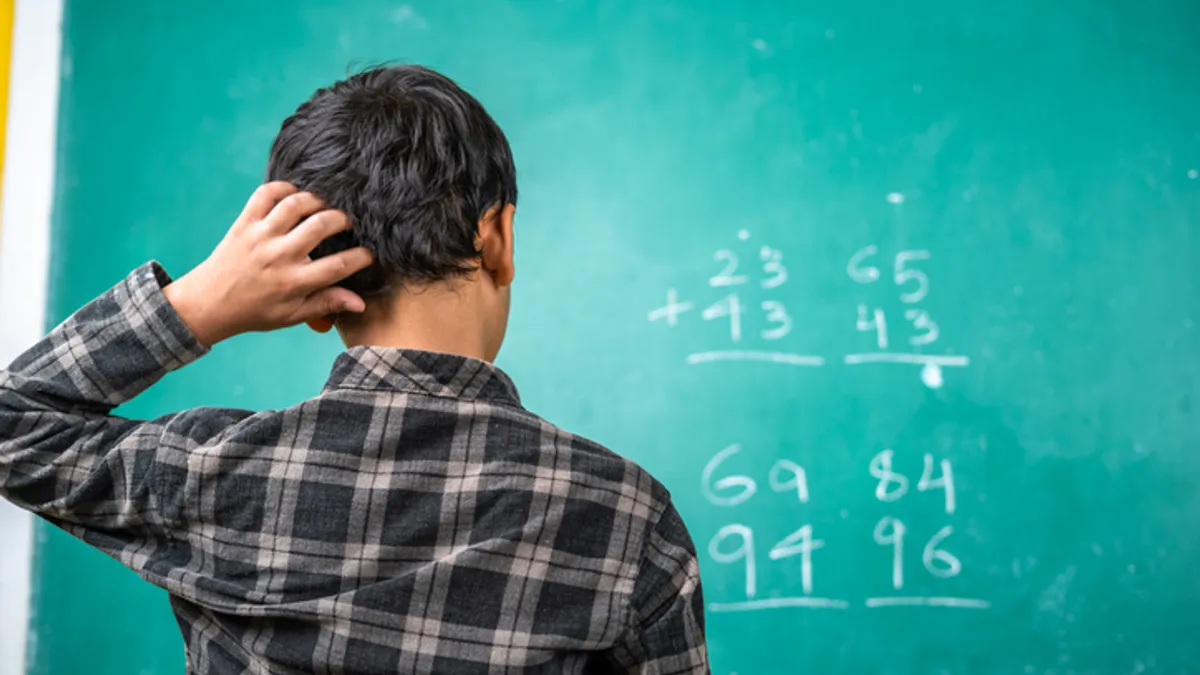Robin Butcher and Karen Silensky are 5th grade teachers at Horizon Elementary, a Title I school in Broward County Public Schools in Florida.
Are your elementary school students excited about science? Two years ago, our students weren’t. In our 5th grade classes, we were using a textbook as our main resource for teaching science. It wasn’t very motivating, especially when compared with today’s technologies. As a result, our school had low scores on the Florida Grade 5 Statewide Science Assessment.
We wanted to find a way to engage students at a deeper level and spark their interest, too. In 2016-17, we set out to transform our classrooms into active learning spaces for science. In just two years, we’ve nearly doubled our passing rate on our state assessment in science.
Here are six ways a high-poverty elementary school can get students (and teachers) excited about science and achieve substantial gains.
Implement the 5E model of instruction
A few years ago, our students thought science was a textbook. They didn’t see it as being connected to the real world, and they thought that when they completed school they’d never use it again. So, one of the first steps we took to change their thinking was to implement the 5E model — engage, explore, explain, elaborate and evaluate. We began by replacing our textbook with a digital science curriculum called STEMscopes™. The curriculum is 100% aligned to our state standards, so it covers everything our textbook covers but it presents the content in a way that’s more motivating for students. Each unit in the curriculum is developed around the 5E model, with additional phases for intervention and acceleration, which makes it easy to integrate with our classroom instruction and hands-on investigations.
Here is an example of how the 5E model works in our classrooms:
- In the engage phase, our goal is to hook students on the science lesson through demonstrations and short activities that apply to real life. For example, we might introduce a topic such as “the sun and water cycle” during whole group instruction and show a video from the digital curriculum. Then we do a starter activity, such as putting colored water in a bottle and placing it outside the classroom.
- We ask students to “explore” with a hands-on investigation, which allows them to build upon their prior knowledge and generate new ideas. So, on days two through four of the lesson on the sun and water cycle, we bring the water bottle inside, discuss what students observe, mark the bottle to show how much the water level has dropped, and ask students to record their findings. During this phase, students also investigate and experiment using the hands-on exploration kits that accompany the digital curriculum. We like to take the items from the kits and set everything up for students, then let the groups begin their investigations. This not only saves time but simplifies classroom management, too.
- We often start the explain phase with a question prompt. This allows us to quickly assess students’ prior knowledge and identify gaps or misconceptions. It also helps us determine how quickly or slowly we should move through content, and if we need to assign intervention activities. Students then share their explanations of the explore activity in collaborative groups. When we join together again, we take the discussion further and dive into vocabulary. We relate terms, such as evaporation, to their investigation. We also explore related words, like precipitation and condensation, and discuss how these fit into the water cycle, too. After that, we might read a text passage to the class, then ask students to read it silently and read it aloud with a partner. For the subsequent whole group discussion, we ask questions about what they read and try to build cross-curricular connections to their other classes, such as reading (e.g., What was the main idea?).
- During the elaborate phase, we challenge students to extend their conceptual understanding and apply their skills. Here, we ask students to read and then answer questions about the sun and water cycle, and tie in math connections, too.
- Finally, during evaluation, we conduct a concept review. We sometimes turn it into a game, having students move to the left or right to answer a question or having the boys and girls compete to see who can get the most correct answers. If students still need intervention, we will pull a quiz from the curriculum and put it on the overhead projector so we can all take it together. If students don’t require intervention, we’ll jump to the post-assessment so we can gauge their mastery and plan the next step in our instruction.
The 5E model is a major motivator for our students. They enjoy it because they learn by doing and experiencing science rather than passively observing. As they dive into investigations, they build critical thinking and problem solving skills, and develop their own contexts for the concepts they’re learning. This not only helps them develop a deeper understanding but it helps them connect science to the real world.
Use interactive notebooks
At the beginning of the school year, we provide each student with a composition book that they turn into an interactive science notebook. Students enjoy cutting and pasting materials into their notebooks, drawing and coloring, and creating interactive spinners with information about the topics they’re studying. Giving them their own place to record their thoughts and questions helps them process ideas, make connections, reflect and demonstrate what they’ve learned. It also provides a wonderful culmination of their work at the end of the year. Some students even take their notebooks to middle school and use them in their classes there.
Add supports to reach diverse learners
Nearly 80% of our students are economically disadvantaged. We also serve a higher percentage of English language learners (ELLs) than the district and state averages. So, we add supports as needed to help students better grasp what we’re studying.
For example, while our school is only 15 miles from the beach, many students have never been to the ocean, which is part of the sun and water cycle we study. Most have never visited the mountains or the desert either. So, when we discuss something they may not have seen or experienced before, we will also show videos from the curriculum or on YouTube, or look it up on Google. We even take “field trips” and look around outside to see how a concept or term, like erosion, relates to their world. It takes a little extra work on our part, but it helps us fill in those gaps and ensure that students are making real-world connections.
For ELLs who are native Spanish speakers, we use a Spanish version of the STEMscopes curriculum. Of course, with 114 languages spoken in Broward County, we have to go beyond that, too. So, regardless of the language a child speaks, the pictures, videos, animations, interactive simulations and hands-on activities are helpful for illustrating concepts. We also use Google Translate to help with one-on-one discussions.
Another helpful strategy is to ask students, including ELLs and students with special needs, to be the teacher’s “assistant” and help with small group and whole group activities. Giving learners who might otherwise struggle a role to play keeps them engaged and learning, and builds their confidence, too.
Turn learning into a game
To reinforce concepts or assess students’ understanding, we sometimes play classroom games, such as “Science Bingo” and “Science Jeopardy,” using the overhead projector. We even turn some science tests into games using these methods. This way, students don’t know they’re being assessed; they just think they’re having fun — and they are.
Use formative assessments
We use formative assessments throughout the school year and we administer our county benchmark assessment mid-way through the year. This helps us identify the standards that we need to spend more time on and fill in gaps as students prepare for the state assessment. It’s also helpful to see if students are prepared for the six “Fair Game” benchmarks, which address standards from the 3rd and 4th grade. If they don’t remember these topics very well, we can quickly review them or run through an entire lesson if needed.
Support teachers
When making a big change, like moving from a textbook to inquiry-based, hands-on instruction, it’s important to support teachers in that transition, too. Having access to professional development and online resources in our curriculum, such as videos and how-to guides, helps us continuously improve our teaching. In addition, it gets us more motivated to teach, particularly if we don’t have a deep understanding of a specific science standard. When we can see step by step how to teach something, there’s no guesswork, which saves time and reduces stress. Before, with textbooks, we had to do all that preparation and research on our own. We also now collaborate with each other to plan and prepare lessons, and share our strengths and struggles. All of this has made us much more excited to teach science — and if we’re excited to teach, then our students will be excited to learn science.
Achieving success
As a result of our efforts, our students no longer think science is just inside a textbook. They now understand that science is everywhere and that it’s a part of everyday life.
Over the past two years, we’ve seen significant improvement on the Grade 5 Statewide Science Assessment. From 2016 to 2017, Horizon Elementary’s passing rate jumped from 27% to 48% — a gain of 21 percentage points in just one year. In contrast, the average passing rate for the state of Florida remained flat at 51%, and the passing rate for Broward County rose from 45% to 47%. In 2018, Horizon’s passing rate increased to 51%.
Students’ attitudes have changed as well. Now when we say, “It’s time for science,” not one student groans. Instead, they’re excited. That’s a big change, too.







